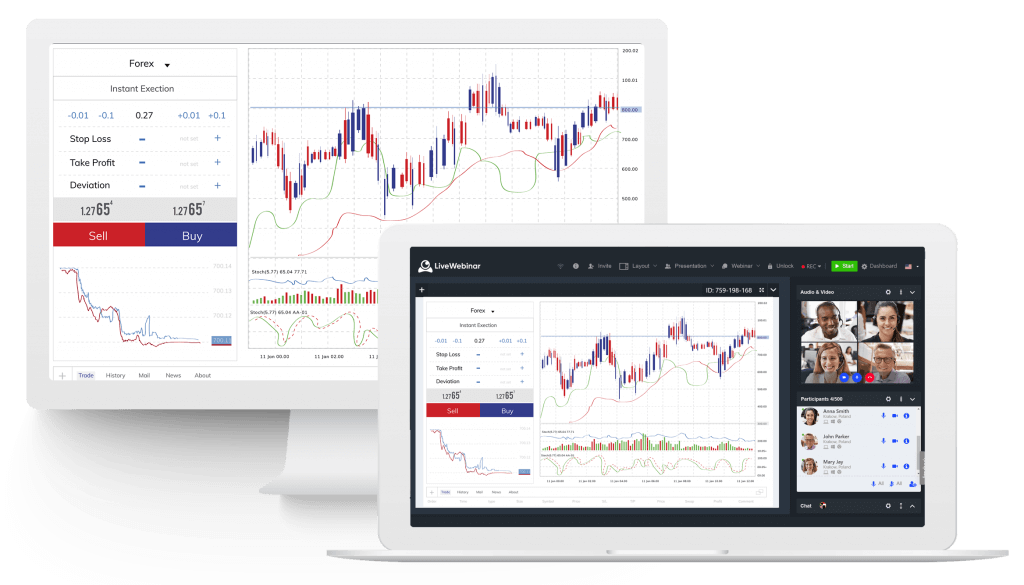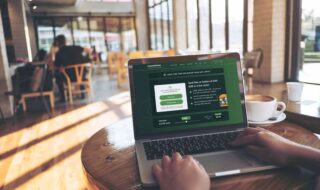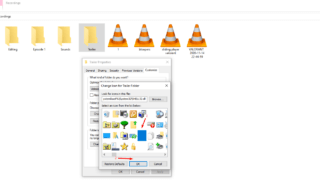Contents
How Forex Market Automated Trading Systems Work
With the introduction of automated trading systems, the highly liquid and accessible foreign exchange (Forex) market has undergone a sea change. These systems use computer algorithms to make trades quickly and accurately; they are also known as algorithmic trading or algo trading. This article delves into the function, pros, cons, and potential future of automated trading systems in the foreign exchange market.
Gaining Familiarity with Forex Robots
Software programs called automated trading systems can purchase and sell currency pairs on behalf of traders using pre-set algorithms. These programs don’t need human oversight to evaluate market data, spot trading opportunities, and place trades.
Auto-Trading systems’ essential elements:
- Algorithmic strategies use complicated mathematical models to make trading decisions.
- Complete trades at a rate far higher than that of a human.
- Constantly keep an eye on and assess the state of the market.
Because of these characteristics, automated trading systems are a great asset for traders who want to take advantage of the possibilities and fluctuations in the Forex market that happen so quickly.
Advantages of Trading Robots
There are a lot of ways in which forex trading robot can improve trading efficiency and increase profits.
- Maintaining Consistency and Discipline: These methods are designed to adhere strictly to predetermined norms, preventing irrational trading tactics and decision-making driven by emotions.
- Quick and Efficient: Automated systems can handle massive volumes of data and respond to market opportunities instantly by executing transactions within milliseconds.
- The foreign exchange market (Forex) is open all hours of the day and night, and automated trading algorithms allow for constant trading without human oversight.
A trader’s capacity to seize opportunities in the market and mitigate risks can be greatly enhanced by combining these advantages.

Varieties of Robotic Trading Systems
In order to accomplish their trading goals, automated trading systems use a variety of tactics.
- By purchasing when prices are going up and selling when they are going down, trend followers try to profit from the movement of currency pairings.
- Arbitrage is a low-risk investment strategy that takes advantage of pricing differences between several markets or instruments.
- Scalping: This trading strategy aims to make tiny returns by making several little trades throughout the day, capitalizing on slight price changes.
The principles and parameters of each strategy are different, and traders can pick or tailor strategies according to their risk appetite and trading objectives.
Dangers and Obstacles
While there are many benefits to using an automated trading system, there are also certain hazards and difficulties to consider.
- Problems with Technology: Because automated systems are dependent on technology, trading operations might be interrupted by problems with technology, such as a malfunctioning server or an issue with internet connectivity.
- Some algorithms may be extremely fine-tuned for past data, which causes them to underperform when trading in real-time.
- Market Volatility: Large losses can occur due to sudden and unforeseen changes in the market, particularly if the system’s settings are not modified to reflect the current state of affairs.
- Market regulations might differ from one jurisdiction to another, so it is the trader’s responsibility to make sure their automated systems follow all applicable rules.
To overcome these obstacles, one must constantly assess the situation, make necessary adjustments, and have an in-depth knowledge of the market and technology.
The Implications of Future Forex Robots
Thanks to technological developments and rising acceptance by both individual and institutional traders, automated trading in the Forex markets has a bright future.
- Machine learning and artificial intelligence (AI) are being incorporated into automated trading systems to improve their data analysis, market movement prediction, and adaptability.
- A wider variety of traders, including individuals with less technical knowledge, are able to take advantage of automated trading because to the proliferation of user-friendly platforms and tools.
- Trading environments will become safer and more transparent as a result of regulatory developments, such as the adoption of clearer standards and frameworks in response to technology advances.
These tendencies point to the continued development and substantial significance of automated trading in the foreign exchange market.
Making a Decision on an Automated Trading Platform
Traders should take into account a number of things to make sure the automated trading system they choose fits their objectives and aims. The system’s stability and performance history should be evidence of its reliability. Be sure to hunt for systems that provide you the option to modify the settings and methods to match your trading preferences; personalization is key. To make the most of the system, it’s important to have access to high-quality training materials and responsive customer service. Look for a provider who provides both.
It is critical to assess these factors thoroughly because choosing the correct method can greatly affect a trader’s success.
Conclusion
The introduction of automated trading systems has given Forex traders a significant advantage, allowing them to execute deals more effectively and reliably. Their many advantages—like consistency, quickness, and the flexibility to trade around the clock—come with certain difficulties that must be carefully handled.
With the rapid advancement of technology, automated trading systems are becoming increasingly important in the Forex markets. This new method presents traders with intriguing options.



